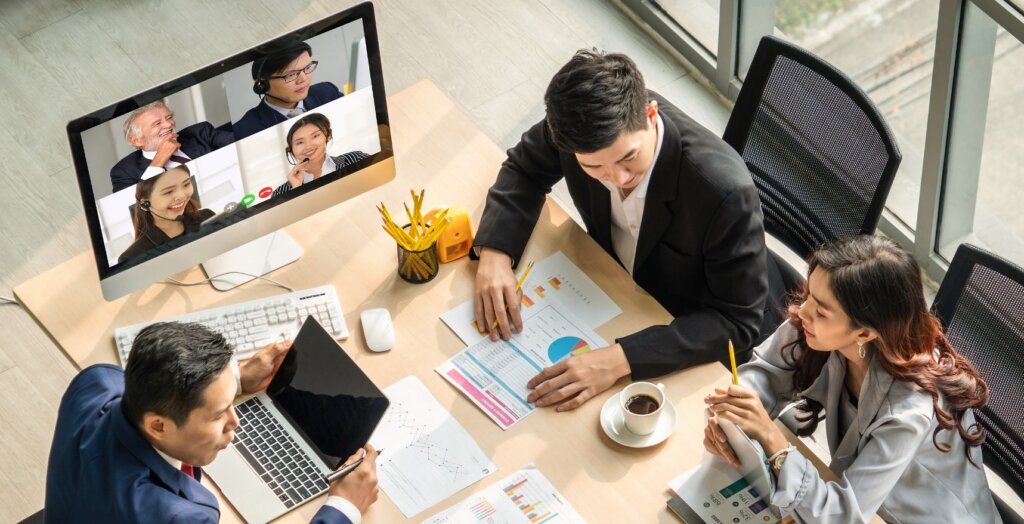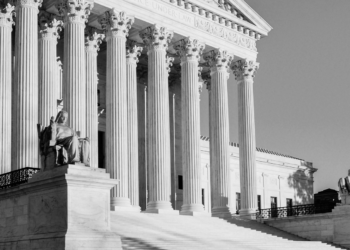The Coronavirus pandemic has changed nearly everything about the way we practice. Many of us work from home and attend meetings, conduct depositions, and even engage in mediations via videoconference. We’ve even added a new word to our collective vocabulary this year: contactless. From dinner drop-offs to store pick-ups, contactless interaction is a sign of our times.
That has been a major change for our firms since face-to-face contact, personal interaction and videotaped interviews with our clients have been a mainstay of how we prepare our cases.
When our firms teamed up to take on a new case, we commissioned a professional settlement documentary company to present our demands. Knowing we didn’t want to expose our clients to COVD-19, this forced another change for our practice—the contactless settlement documentary.
A typical settlement documentary uses interviews with plaintiffs, family members, close friends and business colleagues, personal photos, home videos, and other relevant documentation to illustrate the case visually in a way a mediation brief could never do. If you haven’t seen one, imagine a professional 60 Minutes or 20/20 style news magazine presentation custom-tailored to present your case.
Thankfully, we have found a tool that is allowing us to continue producing settlement documentaries during this time when in-person production isn’t possible—the ‘contactless’ settlement documentary.
In the case we handled together we represented Ms. L, a single mother who had immigrated to the United States in 2013 and whose sons are both now teenagers. Ms. L, a home health care worker who saw four to six clients per day, was riding her motorcycle between clients when the driver of a truck made a turn in front of her, forcing her to drop her motorcycle and barely escape being run over by the truck. She sustained serious injuries to her head, neck, shoulder, and spine. Left unable to stand for long periods of time, she could no longer perform her duties as a home health care worker and was having difficulty finding suitable employment. The city of Los Angeles had failed to install a traffic light at the intersection where Ms. L had gotten hit, despite a history of traffic collisions there and despite city employees requesting and authorizing that a signal be installed.
We retained five damages experts, each showing a different aspect of Ms. L’s physical and psychological injuries. The owner of the shop that sold the motorcycle to Ms. L also agreed to be interviewed to discuss then bike and her safety and ability as a rider.
In a normal pre-COVID situation, all of the interviews would have been done in-person. The interviews with Ms. L and her two sons would have been done in their home, where additional video of the three would have also been shot not only to show how her injuries have affected her ability to work, but also how they have affected her ability to fully care for her sons. But that couldn’t happen given the pandemic.
Our vendor, Juris Productions, supplied our client with a contactless settlement documentary kit including easy-to-use lighting, microphones, videoconferencing equipment, and a camcorder for the family to document their daily life. Juris Productions interviewed the family and experts by videoconference and gave our clients clear instructions on how her sons could help document how their mother’s injuries from the accident still affect her three years later. Days later, Juris Productions picked up the kit and produced a settlement documentary using that material as well as videoconference interviews with our experts.
We were apprehensive that a remote documentary might lack impact or seem impersonal. But those concerns were put to rest at mediation. The mediator remarked that the video was one of the best settlement documentary he’s seen—contactless or not. More importantly, we were able to obtain a substantial settlement for Ms. L and her sons.
For us, the power of a well-produced settlement documentary isn’t in the production technique, video resolution, or lighting and audio. Those things are important. But the true power of these presentations is the storytelling. And that comes through loud and clear whether they’re produced in person or by a remote, contactless kit.
Like all of our colleagues, we can’t wait to get back to the office, the mediation table and the courtroom. But until then, we can still offer our very best representation to our clients. For now, that means adapting and using innovative tools like the contactless settlement documentary.










